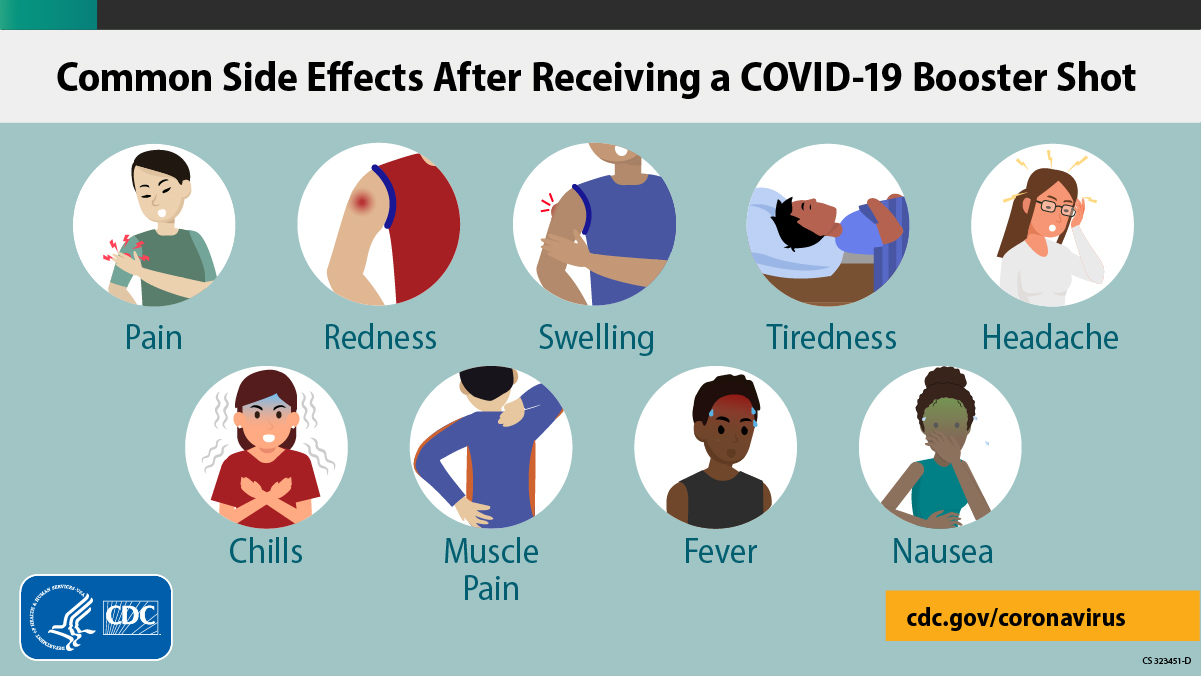That Could Actually Be a Good Sign
By DEUTSCHES AERZTEBLATT INTERNATIONAL
COVID-19 is a highly infectious disease caused by the novel coronavirus. It was first identified in Wuhan, China in 2019 and has since spread to become a global pandemic. Symptoms of COVID-19 can range from mild to severe and include fever, cough, and difficulty breathing.
A
new study has found a link between vaccine responses and higher antibody
concentrations.
In a study published in Deutsches Ärzteblatt
International, researchers Lukas Perkhofer and colleagues found that
after receiving two or three doses of the COVID-19 vaccine, a
significant increase in antibody concentration was observed, and tolerability
of the vaccine was good.
The study was conducted on a large group of healthcare workers.
Previous research has shown that concerns about potential side effects and a
belief that the vaccine is not effective are the main reasons why some
individuals refuse to be vaccinated against COVID-19.
The study also examined the relationship between the occurrence of side effects and the measured antibody concentrations.
Significantly higher antibody levels were seen 14 weeks after
vaccination with two doses of Comirnaty and especially after a heterologous
vaccine sequence Vaxzevria-Comirnaty compared with two doses of the Vaxzevria
vaccine. Antibody concentrations were significantly higher in people younger
than 30 than in older subjects.
In most subjects, vaccine reactions developed that were mostly
rated as mild to moderate. Local adverse effects were most commonly reported,
followed by systemic reactions, such as fatigue/exhaustion/malaise, headache,
and musculoskeletal pain.
The authors concluded that vaccinations against COVID-19 lead to
significantly higher antibody concentrations in persons with vaccine reactions.
The vaccines used were altogether well tolerated.
Reference: “Acute Reactions After Vaccination Against COVID-19 and
Long-Term Antibody Levels” by L. Perkhofer, J. Nägele, J. Kroschel, B. Mayer,
M. Müller and T. Seufferlein, 6 April 2022, Deutsches Ärzteblatt international.
DOI:
10.3238/arztebl.m2022.0195
